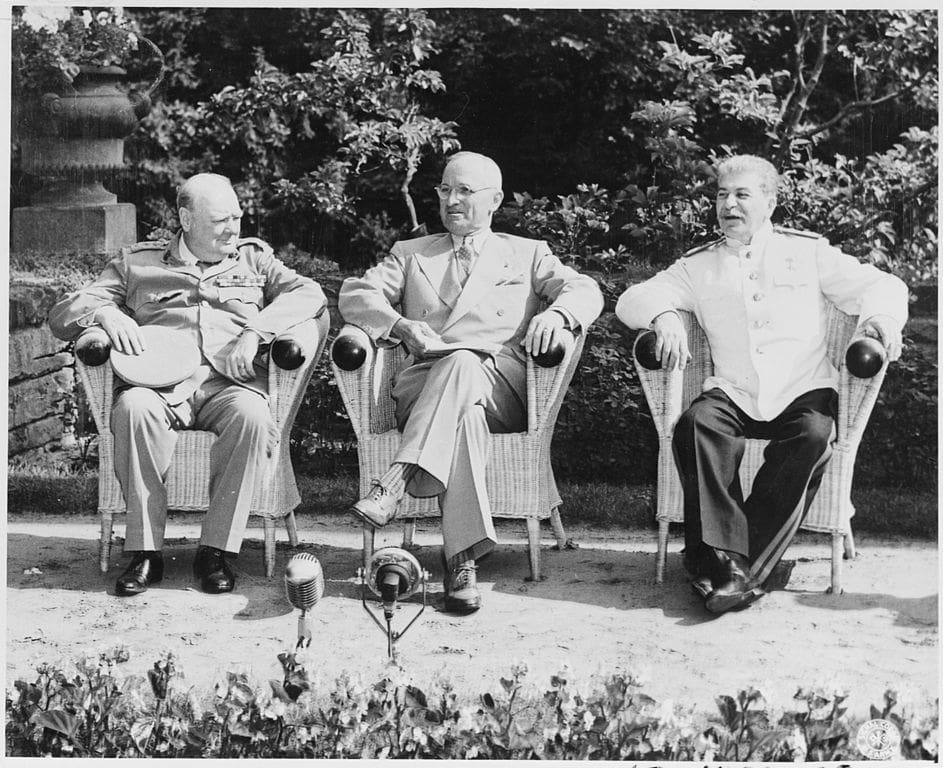
ADVERTISEMENT - CONTINUE READING BELOW
4. The dissolution of empire helped feed the Cold War
During the Second World War, the British Empire played a major combatant role, supported by the British Navy. Following the war, and the fall of Churchill’s coalition government, the British found the empire too expensive to maintain and defend. In the Pacific, the collapse of the Japanese Empire left many nations in states of civil war. On the Korean Peninsula, Soviet support of the communist-oriented People’s Republic of Korea was countered by American support of the governments formed in the south. Korea was effectively divided, though not officially so, and both North and South used repressive brutality to crush resistance to their views. In Southeast Asia, the French attempted to restore their pre-war colonies. They encountered stiff resistance from the Viet Minh, which had conducted guerrilla warfare against the Japanese overlords during the war. The French met similar resistance trying to restore their African colonies.
Both the Soviets and the Western Democracies, led by the United States, attempted to influence the newly emerging governments. These countries became known as the Third World. Many of them were ravaged by centuries of colonial exploitation and rejected Western values as a result. Soviet-aligned governments used the tactics of torture, imprisonment, and and more final tactics to buttress their regimes. Many of the nations which aligned with the west did so by installing brutal, autocratic, rulers under the thinnest of guises as democratically elected. The United States supported many such governments during the Cold War, exchanging strategic importance for moral leadership. The Soviets did the same with governments installed by and controlled through Moscow. Thousands of civilians became victims of the Cold War around the world, In Korea, Southeast Asia, India and Pakistan, Algeria, the Suez, and Latin America, as well as in Eastern Europe.

